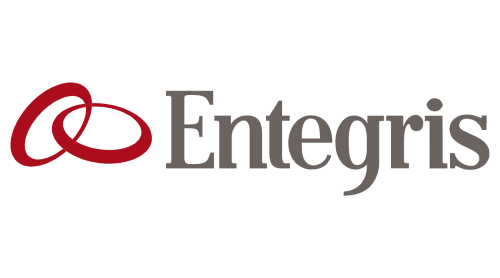Microbubbles are key factors in molecular imaging procedures with ultrasound, as they act as a contrast agent by increasing sensitivity between blood and surrounding tissues. Ideally the mircobubbles can be selectively adhered to areas of interest via surface modification.
Microbubbles
In most cases, the targeted microbubble contrast agents (MCAs) are fitted with a high-affinity targeting ligand. After the MCAs are adhered to the target, they begin to improve the acoustic signal from pathological tissue. To perform basic clinical imaging, microbubbles can be purchased, such as Definity®, although some researchers choose to produce their own – usually for animal studies.
Researchers at the Ferrara Lab at the University of California Davis create their own microbubbles for a variety of studies. They use microbubbles to study the physical procedure angiogenesis, the generation of new blood vessels from pre-existing vessels - a distinctive phenomenon observed in tumor development.
Ultrasound imaging integrated with microbubbles can be applied to identify and quantify angiogenesis through an intravenous injection of MCAs.
Measuring the rate of inflow contrast is related to tissue perfusion. The resulting images can be interpreted to analyze rate of flow, vascular architecture, and perfusion. The imaging could be further enhanced by targeting microbubbles to definite sites, e.g. cancer, in the body. Microbubble targeting is often made possible by modifying their surface, frequently by adding peptides to the surface.
CRPPR is a neuropilin-1 (NRP) targeting peptide, the NRP is a receptor for vascular endothelial growth factor, and its expression is up-regulated in various tumor types, and on tumor vasculature. Microbubbles created at the Ferrara Lab at the University of California Davis were used for angiogenesis studies, where the CRPPR microbubbles were employed in a breast cancer model to assess tumor angiogenesis. The aims were to propose a plan for application of ultrasonic molecular imaging, to evaluate local NRP concentration at the tumor. The bubbles were generated using the method described below.
Microbubble Preparation
The microbubble membrane is made up of lipids. First, the lipids were dried under vacuum and then re-suspended with degassed microbubble buffer.
Microbubble buffer was created by blending 80% sodium chloride (0.9%), 10% glycerol, and 10% propylene glycol with pH adjusted to 7.4 with sodium hydroxide. The dried lipid mixture was re-suspended with the microbubble buffer by initially warming in a water bath, followed by a 15-minute sonication until all of the lipids were re-suspended in a clear solution of 2.5 mg per ml. After cooling the solution to room temperature, 1 ml of the solution was pipetted into 2 mL glass serum bottles. Around 10 mL perfluorobutane was used to purge the bottle headspace, and the resulting solution was then stored at a temperature of 4°C until required for use.
VIALMIX® (Figure 1) from Lantheus Medical Imaging was used to shake the solution in a vial in order to activate microbubbles.
.jpg)
Figure 1. Lantheus Vialmix
A 3 mL syringe was used to collect the activated microbubbles suspension, and was then filled with degassed Dulbecco's phosphate-buffered saline (DPBS). The next step was centrifuging the microbubbles at 300 RCF for 10 minutes, causing the bubbles to be collected in a cake adjacent to the syringe plunger. This was followed by re-suspending the microbubble cake using 2.5 mL DPBS. Centrifugation at 16 RCF for 1 minute and at 45 RCF for 1 minute was carried out to remove bubbles bigger than 10 µm.
In both of the steps, the bubble cakes are discarded and only the liquid suspensions were collected. The resulting liquid suspensions underwent a series of three centrifugation steps at 300 RCF for 3 minutes, to eliminate microbubbles <1 µm, followed by the removal of infranatant and the collection of the bubble cake. The AccuSizer AD (Figure 2) was used to measure the particle size and concentration within 3 hours of shaking.
.jpg)
Figure 2. AccuSizer AD
This process generates microbubbles with a different lipid formulation, but similar to the FDA approved Definity perflutren lipid microsphere injectable suspension, sold by Lantheus Medical Imaging. The AccuSizer 780AD system was used to measure the concentration and size of the microbubbles. Figure 3 shows the particle size distribution of the control microbubbles, and Figure 4 illustrates the particle size distribution of the CRPPR- microbubbles.
.jpg)
Figure 3. Non-targeted microbubbles size distribution
.jpg)
Figure 4. CRPPR- microbubbles size distribution
Conclusions
The final size of the microbubbles is critical, especially for in vivo injection. Unfavorable effects in research animals have been noticed when the bubbles are bigger than 10 µm in diameter. The best size range is 1-2 µm in diameter for particle stability for circulation and animal safety. The AccuSizer is the preferred technique to measure the size and concentration of microbubbles applied as a contrast agent.

This information has been sourced, reviewed and adapted from materials provided by Entegris
For more information on this source, please visit Entegris